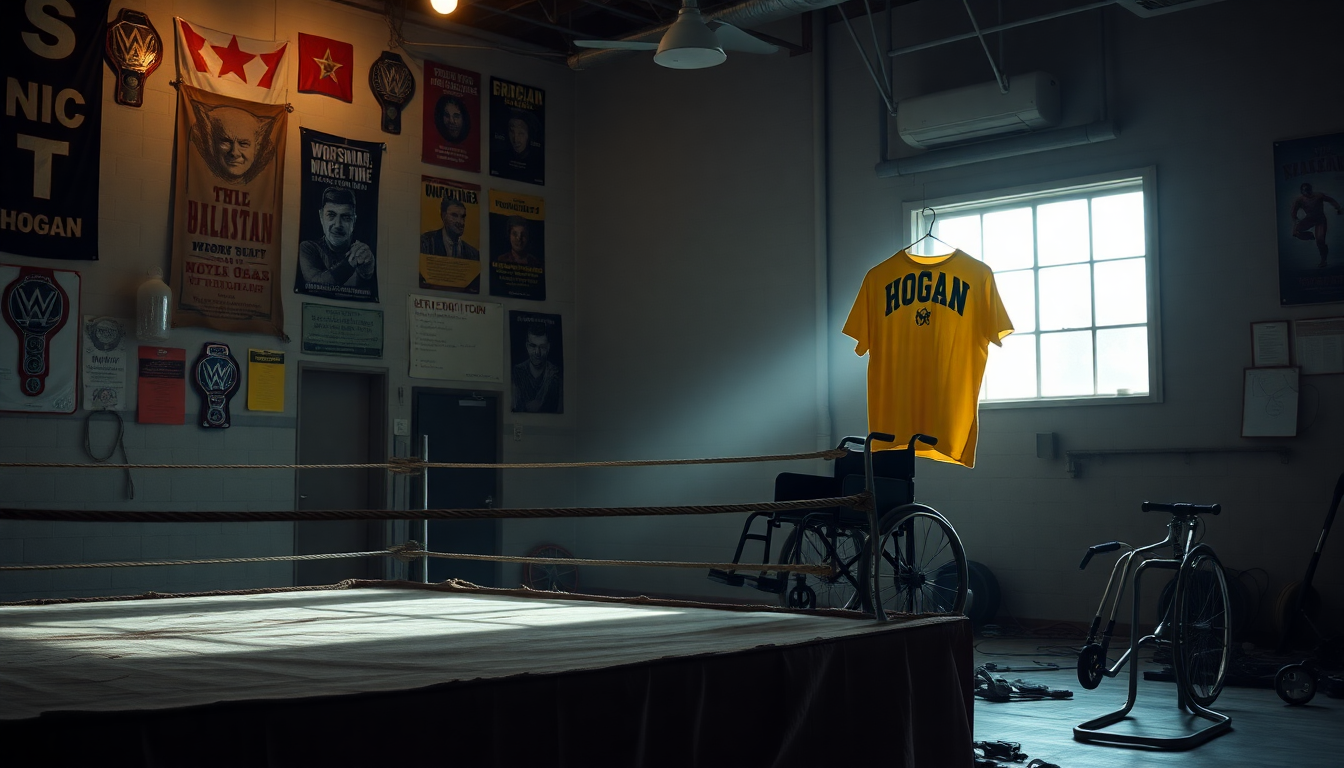Table of Contents
Hulk Hogan isn’t just a name; he’s a phenomenon in the world of professional wrestling. His recent passing at the age of 71 has sparked conversations not only about his incredible achievements in the ring but also about the heavy toll a wrestling career can take on an athlete’s health. So, what can we learn from Hogan’s life? Let’s take a closer look at a story woven with triumph, struggle, and a legacy that goes far beyond the squared circle.
The Health Struggles of a Wrestling Legend
Hogan’s career is a testament to excellence, but it came with its share of challenges. Over the last decade alone, he reportedly underwent a staggering 25 surgeries, addressing issues with his back, shoulders, knees, and hips. These aren’t just casual check-ups; they reveal the brutal reality of life as a wrestler, especially in Hogan’s heyday when the rings were far less forgiving than they are today. With all that in mind, one has to wonder: at what cost does fame come?
In a candid chat on Jake Paul’s podcast, Hogan opened up about the rough-and-tumble nature of wrestling in the ’70s and ’80s, describing the rings as perilous. He even admitted, “I should’ve been using ‘The Sleeper’ instead of dropping the leg for 40 years.” This reflection on his physical toll is a powerful reminder of the sacrifices wrestlers make in their quest for glory and recognition.
Despite the challenges, Hogan maintained a positive outlook, expressing no regrets about his career. His love for wrestling and the financial opportunities it provided were clear. Yet, as medical experts have noted, his health complications were likely aggravated by steroid use—a common issue among many athletes of his era. It begs the question: how can the industry protect its stars while still delivering the entertainment fans crave?
The Impact of a Wrestling Career on Health
Hogan’s health battles are not just isolated incidents; they highlight a disturbing trend in the wrestling world. Research suggests that wrestlers face a significantly higher risk of premature death, especially those aged 45 to 54. This sobering statistic sheds light on the physical strain of the profession, compounded by a culture of substance use that has long been a part of wrestling.
Dr. Marc Siegel, a medical analyst, pointed out that Hogan’s multiple health complications—including recent surgeries and a neck fusion—culminated in the tragic cardiac arrest that led to his passing. The lifestyle of a professional wrestler, marked by intense physical demands and constant travel, takes a heavy toll on the body. Hogan’s experience serves as a crucial reminder of this reality.
The emotional and physical strains of being an athlete and an entertainer create unique challenges that many wrestlers face long after they’ve hung up their boots. This often leads to a cycle of health issues that can be hard to break. Hogan’s journey highlights an urgent need for the wrestling community to address these challenges, ensuring that both current and future athletes can navigate their careers with better support.
Remembering Hulk Hogan: A Legacy Beyond the Ring
As we commemorate Hulk Hogan’s life, it’s essential to recognize that his legacy extends well beyond his wrestling accolades. He became a cultural icon, embodying resilience and determination. Despite his physical struggles, Hogan remained a beacon of hope and inspiration for many, illustrating the power of perseverance.
In the wake of his passing, fans and fellow wrestlers are left pondering the lessons from Hogan’s life. His journey underscores the need for greater awareness regarding the health risks associated with a wrestling career. As the industry evolves, prioritizing athlete well-being while learning from legends like Hogan is more critical than ever. Isn’t it time we shift the focus to the health of those who entertain us?
In conclusion, Hulk Hogan’s story is one of triumph, struggle, and an enduring legacy. His contributions to wrestling and his unyielding spirit will resonate for generations, reminding us of the sacrifices made by those who inspire and entertain us. Isn’t it worth reflecting on how we can make the world of wrestling safer for its stars?


